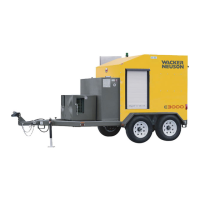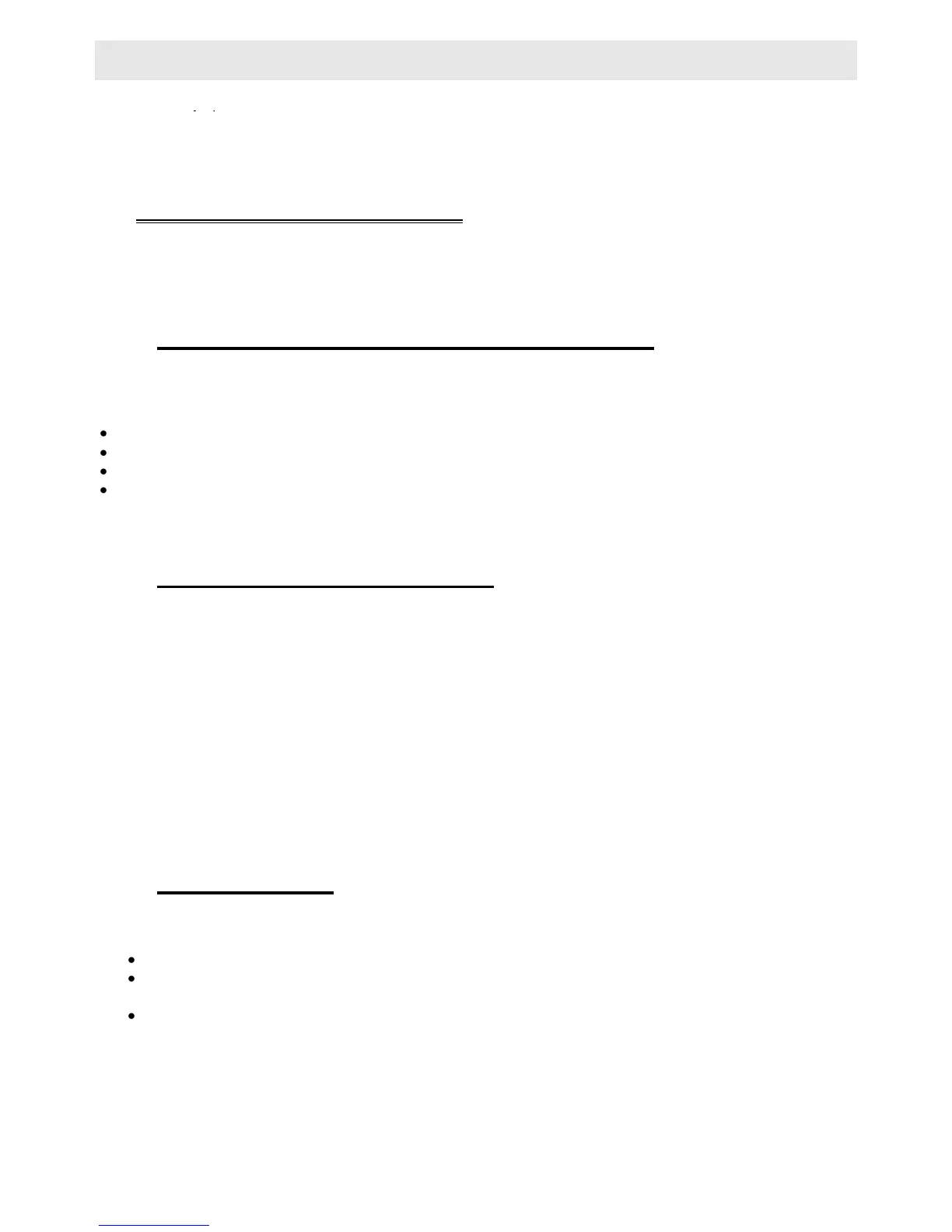Tire Safety Information
Use this information to make tire safety a regular part of your vehicle maintenance routine. Recognize that the
time you spend is minimal compared with the inconvenience and safety consequences of a flat tire or other tire
failure.
1.5. S
AFETY
F
IRST
±B
ASIC
T
IRE
M
AINTENANCE
Properly maintained tires improve the steering, stopping, traction, and load-carrying capability of your vehicle.
Underinflated tires and overloaded vehicles are a major cause of tire failure. Therefore, as mentioned above,
to avoid flat tires and other types of tire failure, you should maintain proper tire pressure, observe tire and
vehicle load limits, avoid road hazards, and regularly inspect your tires.
1.5.1. F
INDING YOUR VEHICLE'S RECOMMENDED TIRE PRESSURE AND LOAD LIMITS
Tire information placards and vehicle certification labels contain information on tires and load limits. These
labels indicate the vehicle manufacturer's information including:
Recommended tire size
Recommended tire inflation pressure
Vehicle capacity weight (VCW±the maximum occupant and cargo weight a vehicle is designed to carry)
Front and rear gross axle weight ratings (GAWR± the maximum weight the axle systems are designed to
carry).
Both placards and certification labels are permanently attached to the trailer near the left front.
1.5.2. U
NDERSTANDING TIRE PRESSURE AND LOAD LIMITS
Tire inflation pressure is the level of air in the tire that provides it with load-carrying capacity and affects the
overall performance of the vehicle. The tire inflation pressure is a number that indicates the amount of air
pressure± measured in pounds per square inch (psi)±a tire requires to be properly inflated. (You will also find
this number on the vehicle information placard expressed in kilopascals (kpa), which is the metric measure
used internationally.)
Manufacturers of passenger vehicles and light trucks determine this number based on the vehicle's design
load limit, that is, the greatest amount of weight a vehicle can safely carry and the vehicle's tire size. The
proper tire pressure for your vehicle is referred to as the "recommended cold inflation pressure." (As you will
read below, it is difficult to obtain the recommended tire pressure if your tires are not cold.)
Because tires are designed to be used on more than one type of vehicle, tire manufacturers list the "maximum
permissible inflation pressure" on the tire sidewall. This number is the greatest amount of air pressure that
should ever be put in the tire under normal driving conditions.
1.5.3. C
HECKING TIRE PRESSURE
It is important to check your vehicle's tire pressure at least once a month for the following reasons:
Most tires may naturally lose air over time.
Tires can lose air suddenly if you drive over a pothole or other object or if you strike the curb when
parking.
With radial tires, it is usually not possible to determine underinflation by visual inspection.
For convenience, purchase a tire pressure gauge to keep in your vehicle. Gauges can be purchased at tire
dealerships, auto supply stores, and other retail outlets.
The recommended tire inflation pressure that vehicle manufacturers provide reflects the proper psi when a tire
is cold. The term cold does not relate to the outside temperature. Rather, a cold tire is one that has not been
driven on for at least three hours. When you drive, your tires get warmer, causing the air pressure within them
to increase. Therefore, to get an accurate tire pressure reading, you must measure tire pressure when the tires
are cold or compensate for the extra pressure in warm tires.

